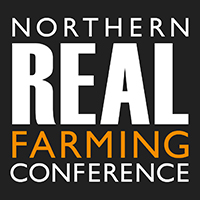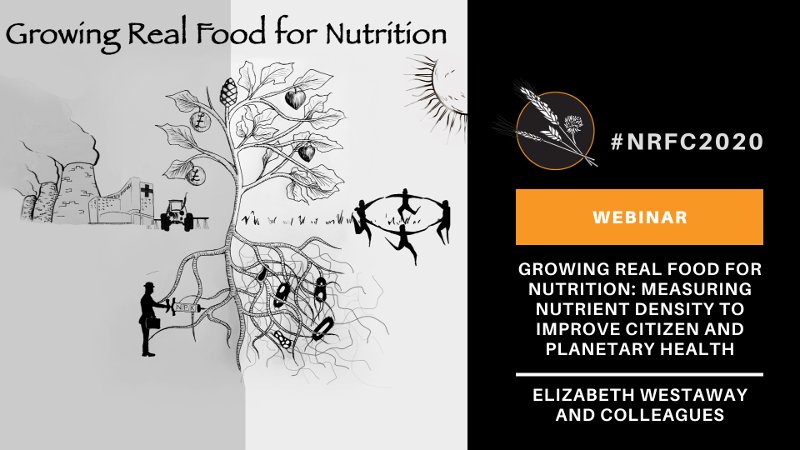Background summary
Five panellists each delivered a short presentation covering the global perspective on the double burden of malnutrition; how to measure nutrient density using a hand held refractometer and results of a mini study on UK Brix testing (2019); the concept of paying farmers for nutrition per acre; making your own biofertilisers using woodland leaf litter as a starter; and the increased production of essential omega 3 fatty acids in meat and milk from cows fed on pasture. A sixth presentation by Dan Kittredge of the Real Food Campaign (USA), which had to be cancelled at short notice, would have covered the Bionutrient meter and results from 2019 on the testing of over 4,000 food samples for nutrient density, along with the soils they were grown in.
Summary of discussion points
Conversations around nutrient density have been increasing in the UK over the past couple of years. The current method of assessing nutrient density uses Brix values (a measure of the total solids in a liquid) and many questions were asked about the science behind this. Brix values are only intended as a crude indicator of nutrient density relating to ‘poor’, ‘average’, ‘good‘ and ‘excellent’ levels on the Brix Table, which are associated with favourable qualities in healthy food/soil, namely: better taste, higher yields, absence of pests and diseases, and longer shelf life. Taste was described by Patrick Holden as perhaps ‘the best technology we have to assess food quality’, and this observation was corroborated by Matthew Adams’ mini study of Brix testing in England and Wales from 2019 which showed an association of Brix values with taste. There was also a lot of interest in Matt Dunwell’s presentation on biofertilisers and soil health, Gillian Butlers’ research on pasture-fed cows producing better quality (healthier) meat and milk, and the role of sustainable healthy diets in transforming food systems, presented by Elizabeth Westaway. Additionally, Dan Kittredge’s work in the USA to develop a Bionutrient Meter will help generate more interest in nutrient density, as wide nutrient variation is obtained for the same foods and scientists are beginning to ask why?
Actions, themes, ideas to take forward
All agreed there is a need to know more about nutrient density, to disseminate the research findings on pasture-fed meat and dairy, share updates on the Environmental Land Management System (ELMS) trial, provide training courses on soil health, increase awareness of all actors in the food system on nutrition and health, and to continue speaking at conferences. In addition, Growing Real Food for Nutrition will commence a nutrient density growing trial in 2021 and contribute samples to help develop the Bionutrient Meter.
It was suggested that a panel is formed to bring together areas of interest on nutrient density, including farming regeneratively, true costs of production, assessment and measurement, science and policy-related work.
You can watch the recording of the session here.

